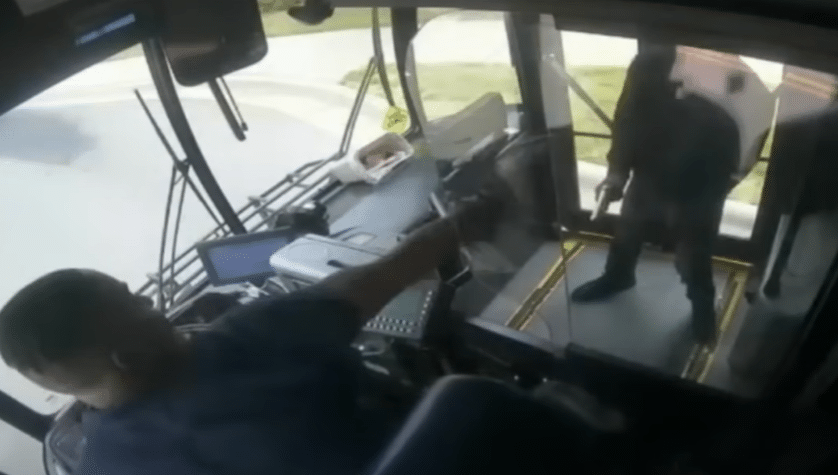In a series of events that highlighted the risks faced by public transit operators, a Charlotte Area Transit System (CATS) bus driver was involved in a shootout with an unruly passenger near the Charlotte Premium Outlets in Steele Creek on May 18. This confrontation, which started over an alleged fare evasion, raises critical questions about safety measures, concealed carry rights, and the use of force in self-defense.
The incident began when 22-year-old Omarri Shariff Tobias reportedly attempted to ride the bus without paying. This sparked a verbal altercation with the bus driver, David Fullard. The argument escalated, with Tobias threatening Fullard and eventually brandishing a handgun. In response, Fullard also produced a firearm, leading to an exchange of gunfire inside the moving bus.
Four surveillance cameras recorded the chaotic scene as the bus veered off the road, allowing two innocent passengers to take cover. Tobias, wounded in the stomach, exited the bus, followed by Fullard, who discharged a final shot in the fleeing passenger’s direction.
Fullard suffered a gunshot wound to his arm and was later dismissed by CATS for violating company policy prohibiting employees from carrying weapons on the job or CATS property. Despite this dismissal, Fullard currently faces no charges. His attorney cited concerns for personal safety as the reason for carrying a firearm, a sentiment echoed by many transit workers.
On the other hand, Tobias was charged with assault with a deadly weapon inflicting serious injuries, communicating threats, and carrying a concealed firearm. He was issued a $250,000 bond and has been banned from using any CATS services.
This incident has sparked a broader conversation about the safety of public transit employees and the right to self-defense. There is a critical balance to strike between ensuring safety for transit staff and maintaining a peaceful, non-threatening environment for passengers.
However, the fact that Fullard exited the bus to fire a final shot at the fleeing Tobias may potentially complicate the narrative of self-defense. Under North Carolina law, the use of deadly force is generally permitted only to prevent imminent threat of death or serious bodily harm. A fleeing suspect typically does not meet this criterion. This point could potentially expose Fullard to legal consequences and will undoubtedly serve as a focus in the ongoing investigation and ensuing legal proceedings.
By Sean Holt via USA Carry and republished with permission.














